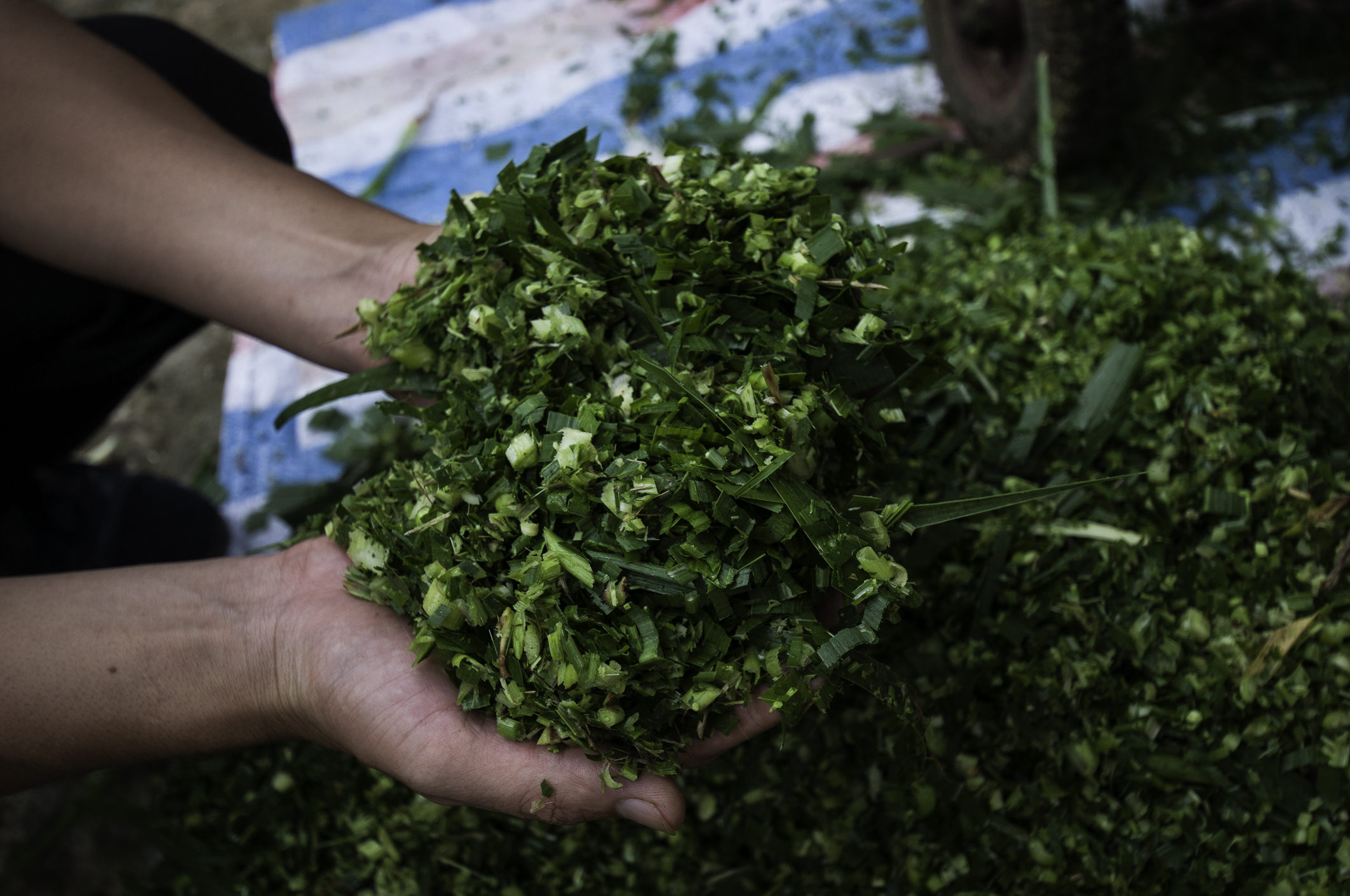Feed and forage scientists at the International Livestock Research Institute (ILRI) have published a second edition of the manual Methods and practices for the evaluation of forage legumes, grasses and fodder trees for use as livestock feed.
The manual describes the principles, methods and practices of experimental research used in tropical and sub-tropical forage research, that will enable the implementation of standard procedures to conduct screening of large numbers of forage genotypes or accessions (over 100) and subsequent variety tests to identify best performing forage varieties and cropping systems that will support increased livestock production.
Chris Jones, leader of the Feed and Forage Development program at ILRI, says: “The first edition of Methods and practices for the evaluation of forage legumes, grasses and fodder trees for use as livestock feed was produced in 1995 and, with the conviction that the implementation of standard procedures for screening tropical forages will help to identify new varieties that will support increased livestock production, we recently undertook to give it a refresh and produce a second edition.
“This update presents more current methodologies, mainly for the legumes and grasses, introduces some recent concepts in experimental design and data analysis, and helps to show how genomic tools can be integrated with other forms of evaluation to support the development of new forage varieties.”
Citation
Teshome, A., Habte, E., Teressa, A., Muktar, M.S., Assefa, Y. and Jones, C.S. 2023. Methods and practices for the evaluation of forage legumes, grasses and fodder trees for use as livestock feeds: Second edition. ILRI Manual 64. Nairobi, Kenya: ILRI.
Photo: Improved forages in Vietnam (credit: CIAT/Georgina Smith)

